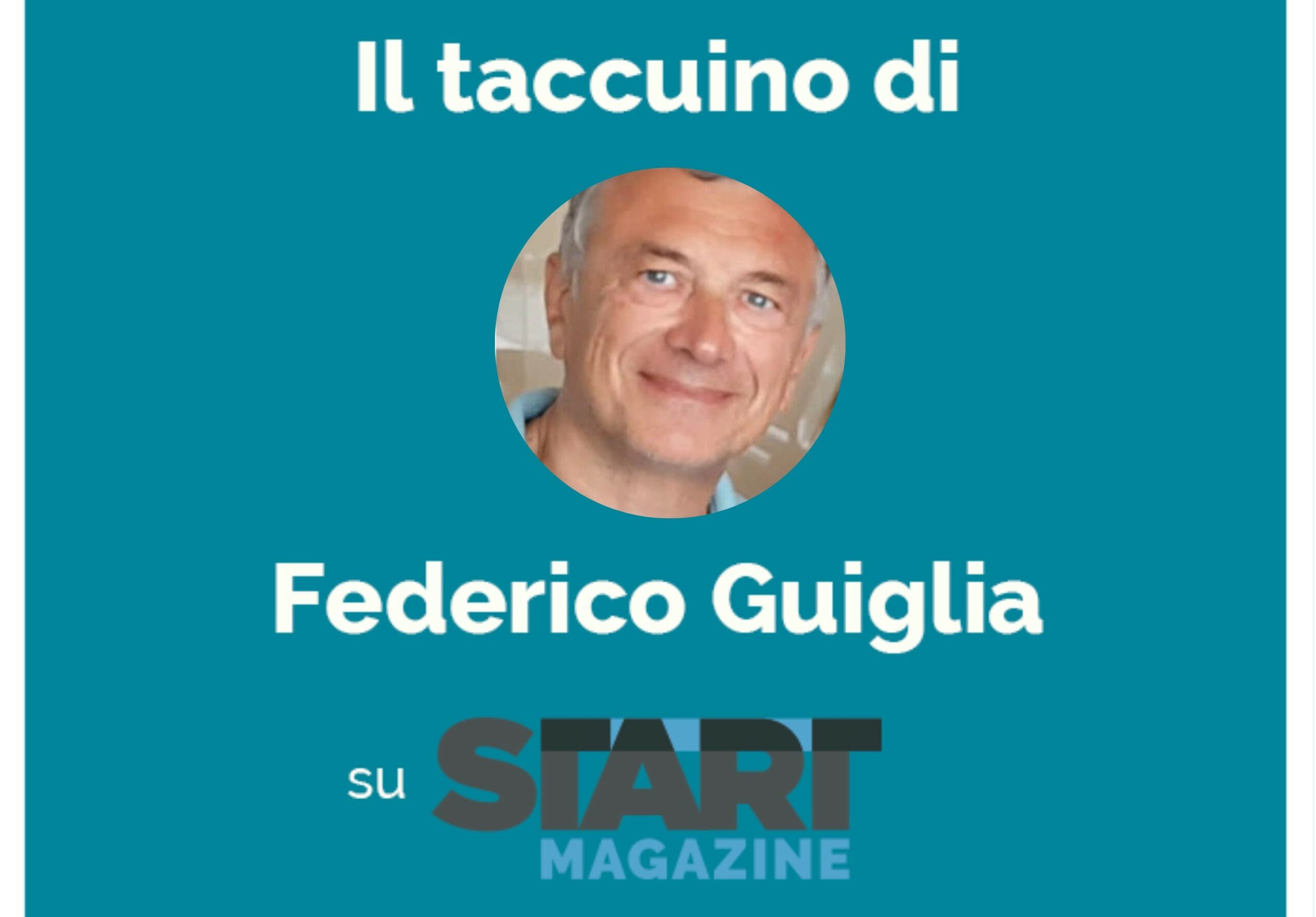The beauty of the Tricolor

Homeland is the opposite of solitude and the flag is precisely the emblem of altruism, of feeling everyone belongs to the same sentiment regardless of social class, gender, religion, political opinion. Federico Guiglia's notebook
Freedom can also be sewn by hand. The courageous women grappling with the green, white and red fabric of the not yet national flag did it in secret. It was the year 1848 and the Risorgimento was experiencing its Five Days in Milan.
Victory can also come under the sun of a waving Tricolor, like the one that the boys of '99 and the young soldiers of the time wore on the eve of November 4, 1918, entering Trento and Trieste in celebration. The terrible First World War ends and "the remains of what was one of the most powerful armies in the world go back in disorder and without hope to the valleys that they had descended with proud security", according to the bulletin of General Diaz, who thus described the retreat of the defeated Austrians.
Happiness can fly beyond all borders when you realize you're the fastest man on the planet and your name is Marcell Jacobs. And to communicate it to the universe, you wrap yourself in your maternal Italian flag.
And even love can be told with a poignant and paternal gesture, as Edmondo De Amicis does with the episode of the little Lombard lookout. An orphaned boy of just twelve who had just sacrificed himself as an Italian. The officer present "took the tricolor flag from the window, and spread it like a funeral pall over the little dead man, leaving his face uncovered…and he was sleeping there in the grass, wrapped up in his flag…".
There must, then, be a reason, if climbers, perhaps the most solitary people in the world – as Margaret Thatcher, herself a solitary Iron Lady, noted – when they reach the top of an eight-thousander and their dreams, they feel the need to plant their country's flag. To remember where they come from, to share that divine and unrepeatable moment.
Homeland is the opposite of solitude and the flag is precisely the emblem of altruism, of feeling everyone belongs to the same sentiment regardless of social class, gender, religion, political opinion.
For some time now we too have rediscovered not only the beauty of the three warm colors of our flag, but also the values they transmit and the pleasure of waving them. Also for us on Everest there is Italy.
The time of rediscovery has a starting date: the magical night of 11 July 1982, when the national football team beat the Germans in Madrid, winning its third World Cup. And a word that couldn't be more Italian – "Rossi" – went around the world, because that attacker with a smile, and a winner, was the most beautiful stereotype we could export.
But the time of rediscovery unfolded its best patriotism with a president of the Republic with a Risorgimento name: Carlo Azeglio Ciampi.
Starting in 1999, it was he who broke the unbearable and unpopular taboo with which the dominant politics had obsessed the first Republic: woe to expressing the calm pride of being Italian.
Instead Ciampi invited citizens to sing the anthem of Mameli, to visit the Altare della Patria, to "display in our homes and carefully keep the tricolor flag", as he said. “It is a living and current symbol, which should be given to married couples and to every new Italian citizen”. Ciampi also explained why those three unmistakable colors were so important: “The Tricolor is the modern symbol of an ancient people, rich in culture, traditions, art and nobility of soul. But also suffering for centuries for the lack of a sign that united it, that represented the will of a common destiny”.
If before Ciampi the athlete who sang the national anthem made news, today those who don't sing it do. But today also has many faces and implications in the joy of being Italian and grateful to that formidable generation of men and women who, even at the cost of their lives, led to national independence with the proclamation of the Kingdom of Italy on 17 March 1861.
The Italian flag flies today in the Belcanto, given that in half of the world's theaters Italian operas and sung in Italian are performed. Fly into space, where AstroSamantha showed what Italian engineering and industry, physics and mathematics are made of. The flag identifies absolute excellence, such as fashion and food, art and sport, music and cinema. But also the professionalism of the Armed Forces in international missions and the commitment of volunteers, single or associated, in the most forgotten areas of the Earth. There is a recognized and recognizable Italian lifestyle, which is the result of work, creativity, sharing of important values by an individualistic people. However, at the moment of truth, good or bad, knows how to unite to give the best of themselves.
It happens in the celebrations of great sporting successes. But it also happens in the hour of collective dramas, from Nassiriya -just twenty years ago- to Covid, the enemy that crept in, invisible, right into our homes, just three years ago. Here is the Italian secret: we are never alone, in the shadow of the Tricolore.
Frederick Guiglia
(Published in Il Messaggero)
This is a machine translation from Italian language of a post published on Start Magazine at the URL https://www.startmag.it/mondo/la-bellezza-della-bandiera/ on Sun, 26 Mar 2023 05:15:43 +0000.
